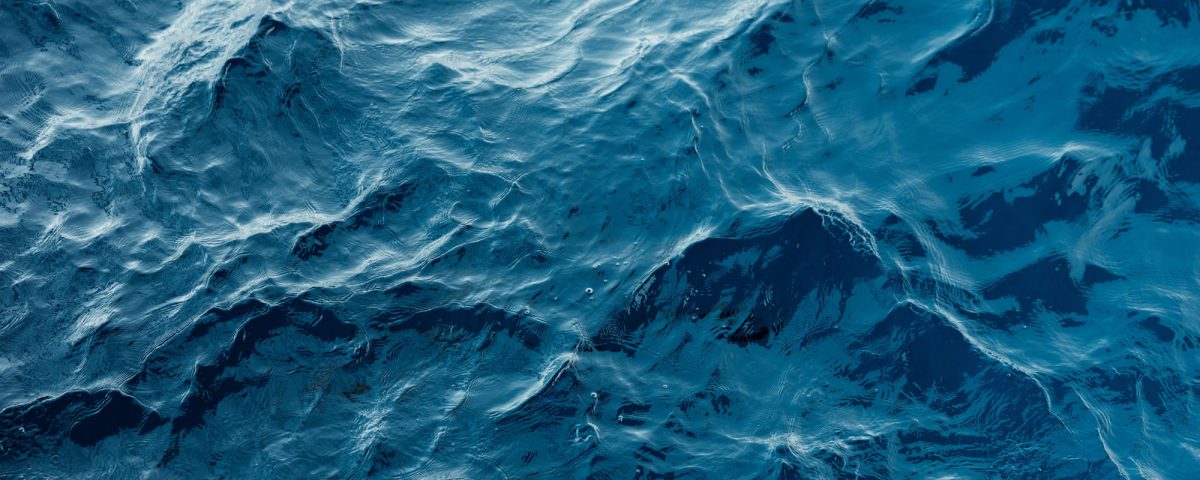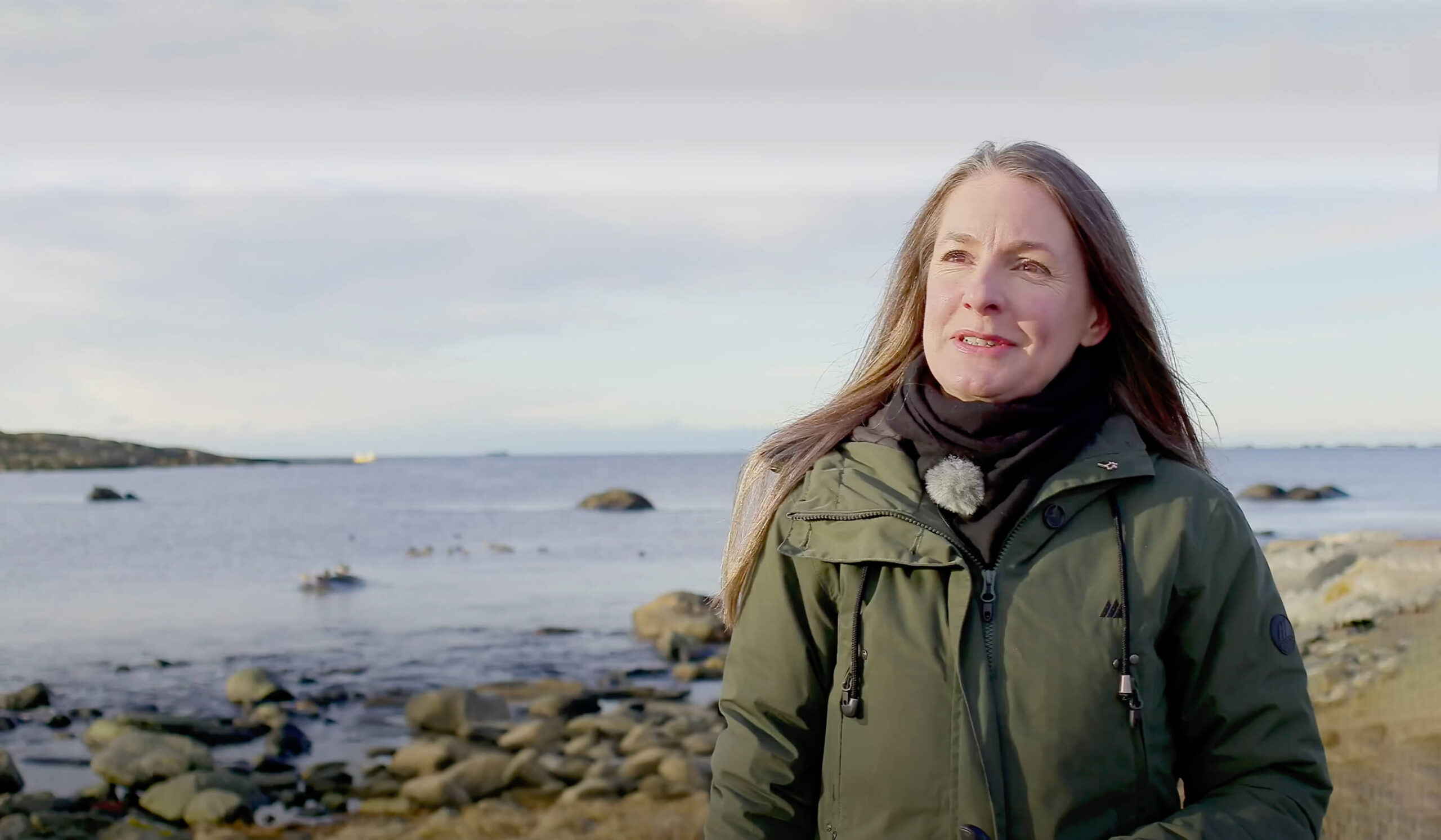Coexistence
The environment is considered in all phases of project planning and design.
We believe that it is possible for all groups to share ocean resources. We are committed to working with the existing marine users to develop a successful strategy for the Novocastrian Project upon final feasibility licence award. Through open and ongoing engagement, we will carefully evaluate the existing uses of the lease area and work to minimise disruption wherever feasible.
We do not intend to constrain or apply for broad-based restrictions on fishing activities within the operational wind farm. To the extent that any restrictions are necessary, these will be developed in consultation with existing users in line with the requirements of the Offshore Electricity Infrastructure Act and Regulations.
Noting that there may be challenges arising from some types of fisheries combined with a floating offshore windfarm, Equinor has partnered with Marine Scotland Science to undertake trials at Hywind Scotland to understand what types of commercial fishing may be compatible with floating offshore wind.
The Empire Wind offshore wind project (fixed bottom, not floating) demonstrates how engagement with the fishing industry was able to inform the layout of the windfarm to facilitate coexistence.
Environmental protection
Equinor are committed to protecting the marine environment wherever we operate.
The world’s energy systems are in rapid transition to renewables to meet the challenges of climate change, energy security and affordability. We aim to produce and provide energy with lower emissions over time. We are committed to contributing to a transition that is just and inclusive and brings about long-term social and economic benefits and protects biodiversity and nature.

We will seek to understand and protect the environment.
Upon feasibility licence award, we plan to commence a range of environmental surveys and studies to support:
- Our understanding of the environment, including where the project will be constructed and operated
- The assessment of potential risks that project activities may pose to the environment
- The design requirements to avoid, minimise and mitigate potential impacts
- Our environment and planning approvals
Our environmental surveys and studies are in the process of being designed and will be guided by NSW and Commonwealth environmental guidelines, best practice, environmental specialists and key experts. The results from these surveys and studies will be used to inform the project’s Environmental Impact Assessment (EIA) and will be made publicly available.

Environmental protection in action
We believe close collaboration and dialogue with authorities, local stakeholders and scientific communities will be key to the successful development of a sustainable offshore wind farm. We continuously work with industry to enhance knowledge on sustainable development of floating offshore wind and to ensure successful coexistence with other marine users.
You can read more about the effects on biodiversity in floating windfarms in the extensive study below undertaken by Ocean Science consulting on behalf of Equinor.
Barrier effects, ghost fishing, and electromagnetic fields for floating windfarms.

Environment and planning assessments and approvals process
The Novocastrian Offshore Wind Farm will be subject to comprehensive assessment, approval and licencing processes by both the NSW and Commonwealth governments before it can be constructed.
The process for assessment will be confirmed in consultation with regulatory agencies with the aim of aligning the NSW and Commonwealth requirements, approval timelines and consultation opportunities once the feasibility licence is received.
The licencing, assessment and environmental approval process includes:
- Application for a feasibility licence under the Offshore Electricity Infrastructure Act 2021 (OEI Act). This will allow us to conduct exploratory and scoping work in a specified licence area.
- Issuance of feasibility licence under the OEI Act.
- Assessment of management plan(s) for the activities required under the OEI Act.
- Assessment under the Environment Protection and Biodiversity Conservation Act 1999 (EPBC Act).
- Assessment under the Environmental Planning and Assessment Act 1979 (EP&A Act).
- Application for a commercial licence, and transmission and infrastructure licence under the OEI Act (based on successful completion of feasibility).
Further information will be provided on the nature and timing of project specific approvals in due course.
Please refer to Legislation and regulations – DCCEEW for more information.


